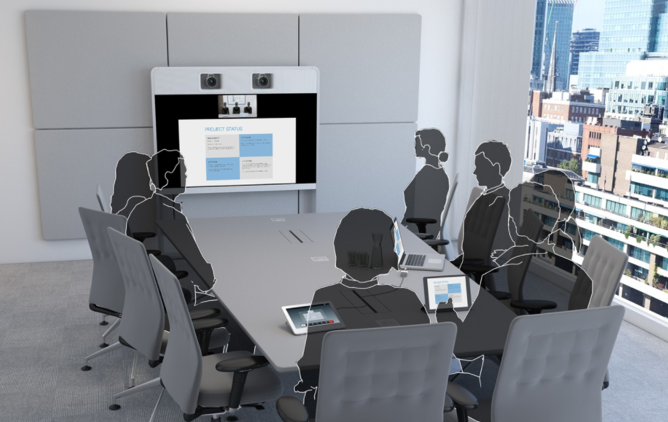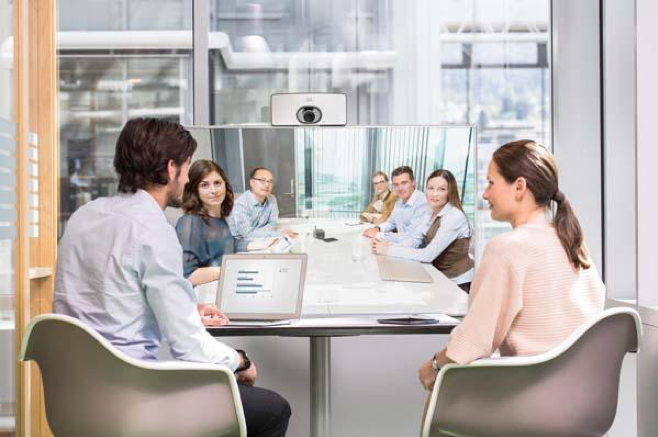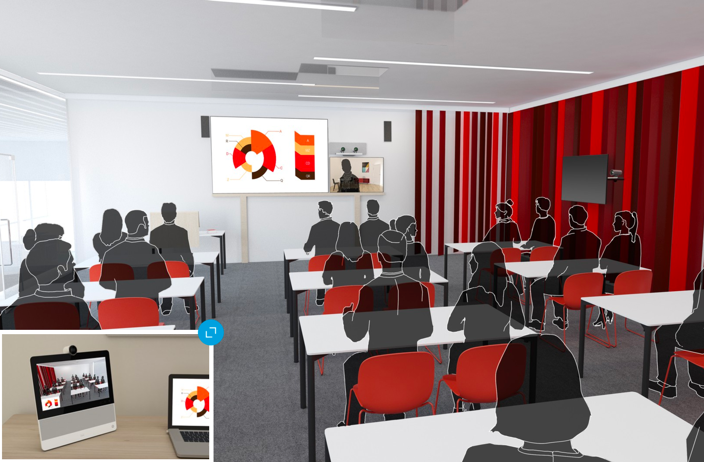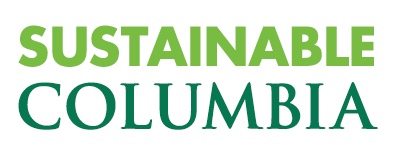Alternatives to Flying
Know the environmental impact of your travel decisions
Greenhouse gas (GHG) emissions from Columbia business and class trips add up, particularly emissions from air travel.
Travel is necessary to advance the University’s core mission. However, affiliates should consider if their travel is necessary or could be avoided or reduced.
What are my alternatives to traveling?
Video conferencing resources at Columbia:
This page provides resources and information about videoconferencing services available to Columbia members.
By leveraging communication technologies, such as videoconferencing, Columbia can better achieve its goals in reducing ground and air travel and greenhouse gas emissions through virtual face-to-face meetings.
- Interviews - Video interview with prospective candidates.
- Host a conference - book a medium or large space on campus and host a conference people can participate in from their own workstation or from another group setting.
- Attend a conference - Participate in a conference from your personal work station
- Collaboration between meeting groups - Host a collaborative meeting that connects to another group meeting.
- Hybrid Learning - Communicate with one or more remote students or faculty in a classroom environment synchronously with video and content.

Lerner Hall, Room 302, Morningside
Use Case: Interviews, Conference Attendance, Collaboration, Interactive Meetings
Available Features: Video and audio communications and content sharing
Available Hardware: Unified Communications Device
Participants: 1-12 in-room, 1-100 virtual
Book via University Events Management: Ph: 212-854-5800 Email: [email protected]

Lerner Hall, Room 312, Morningside
Use Case: Interviews, Conference Attendance, Collaboration, Interactive Meetings
Available Features: Video and audio communications and content sharing
Available Hardware: Unified Communications Device
Participants: 1-6 in-room, 1-100 virtual
Book via University Events Management: Ph: 212-854-5800 Email: [email protected]

Jerome L. Greene Science Center, Lecture Hall, Manhattanville
Use Case: Live Seminar or Special Event
Available Features: Video and audio communications and content sharing
Available Hardware: Unified Communications Device
Participants: 1-25 in-room, 1-100 virtual
Book this space by contacting the Zuckerman Institute - [email protected]
If your department is interested in installing videoconferencing capabilities into an existing conference/classroom/auditorium, contact CUIT’s Classroom and Desktop Technologies Department via [email protected] to initiate your project request. During the project you will be asked to define your space as academic or administrative and CUIT will work with your department lead to help define your technical requirements, budget and project timeline.
Contact CUIT’s Desktop Support Services to get set up with a camera, and audio so you can attend and participate in a video conference from your personal workstation, phone or laptop.
If I need to travel, what is the most environmentally responsible mode of transportation?
Before you choose to fly, check for feasible travel alternatives to your destination, such as bus or rail. Particularly for destinations within a few hundred miles, the total time spent in transit is comparable, but the carbon intensity is much lower.
Use the graph below to help inform your decision. Listed are some common destinations for Columbia travelers, alongside the greenhouse gas (GHG) impact from choosing to fly versus other travel modes.
- Destination
- Albany, NY
- Mode of Transportation
- Air
- Carbon Emissions*
- 44 Pounds
- Total Travel Time**
- 3h 21min
- Destination
- Mode of Transportation
- Rail
- Carbon Emissions*
- 22 Pounds
- Total Travel Time**
- 2h 44min
- Destination
- Mode of Transportation
- Bus
- Carbon Emissions*
- 22 Pounds
- Total Travel Time**
- 3h 1min
- Destination
- Mode of Transportation
- Car***
- Carbon Emissions*
- 77 Pounds
- Total Travel Time**
- 2h 20min
- Destination
- Ithaca, NY
- Mode of Transportation
- Air
- Carbon Emissions*
- 66 Pounds
- Total Travel Time**
- 3h 23min
- Destination
- Mode of Transportation
- Rail
- Carbon Emissions*
- 33 Pounds
- Total Travel Time**
- 5h 59min
- Destination
- Mode of Transportation
- Bus
- Carbon Emissions*
- 22 Pounds
- Total Travel Time**
- 4h 46min
- Destination
- Mode of Transportation
- Car
- Carbon Emissions*
- 121 Pounds
- Total Travel Time**
- 3h 40min
- Destination
- Boston, MA
- Mode of Transportation
- Air
- Carbon Emissions*
- 66 Pounds
- Total Travel Time**
- 2h 53min
- Destination
- Mode of Transportation
- Rail
- Carbon Emissions*
- 11 Pounds
- Total Travel Time**
- 4h 4min
- Destination
- Mode of Transportation
- Bus
- Carbon Emissions*
- 22 Pounds
- Total Travel Time**
- 4h 40min
- Destination
- Mode of Transportation
- Car
- Carbon Emissions*
- 110 Pounds
- Total Travel Time**
- 3h 20min
- Destination
- Washington, DC
- Mode of Transportation
- Air
- Carbon Emissions*
- 66 Pounds
- Total Travel Time**
- 3h 4min
- Destination
- Mode of Transportation
- Rail
- Carbon Emissions*
- 11 Pounds
- Total Travel Time**
- 3h 17min
- Destination
- Mode of Transportation
- Bus
- Carbon Emissions*
- 22 Pounds
- Total Travel Time**
- 4h 40min
- Destination
- Mode of Transportation
- Car
- Carbon Emissions*
- 121 Pounds
- Total Travel Time**
- 3h 40min
*Calculated using https://calculator.carbonfootprint.com/calculator.aspx?tab=3
**Including 60 minutes check-in time for flights.
***Assumes a single occupancy car.
Want to know the GHG impact by travel mode for other destinations?
Air travel
Use the ICAO Carbon Emissions Calculator to estimate air travel carbon emissions between two airports.
